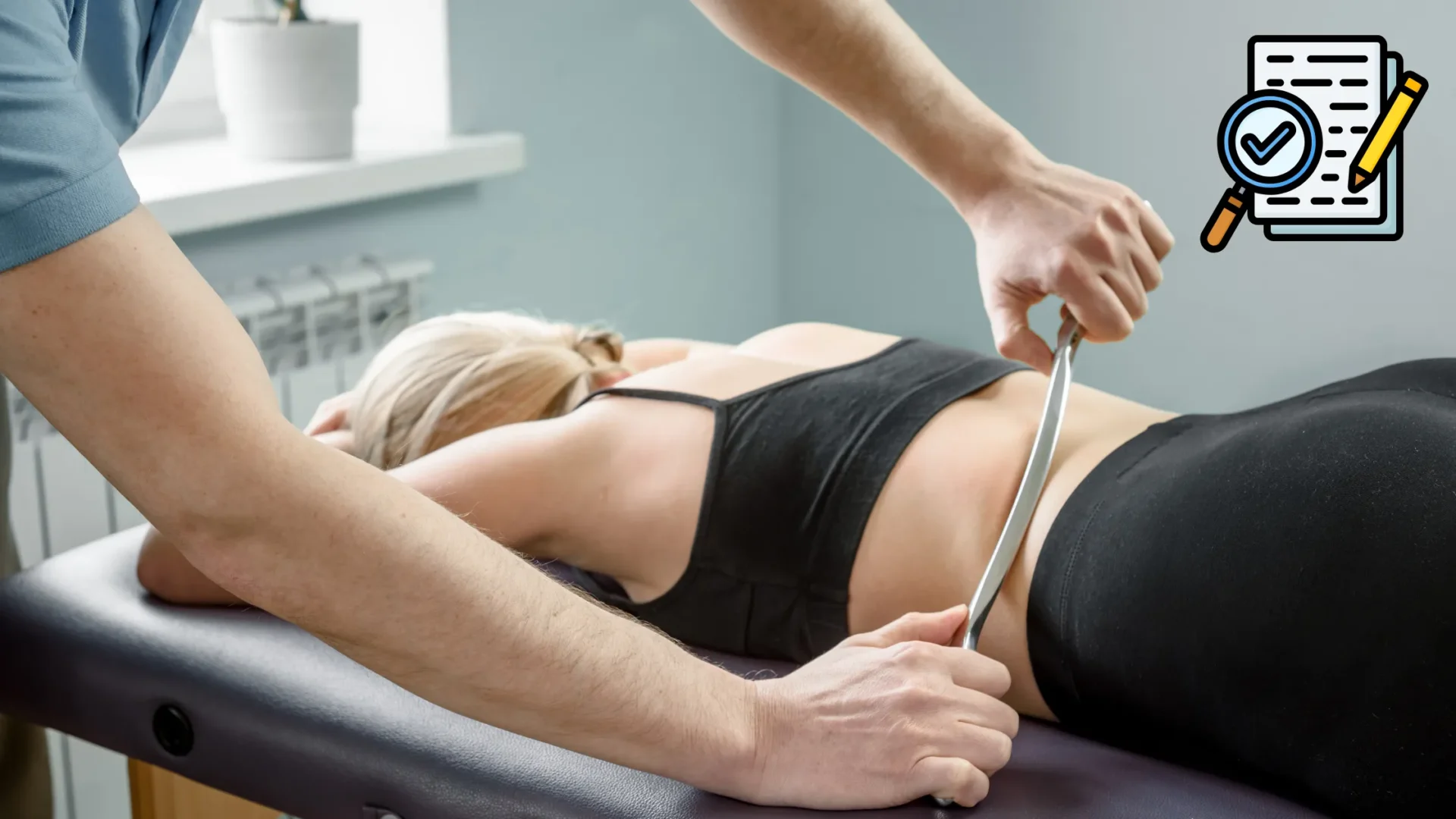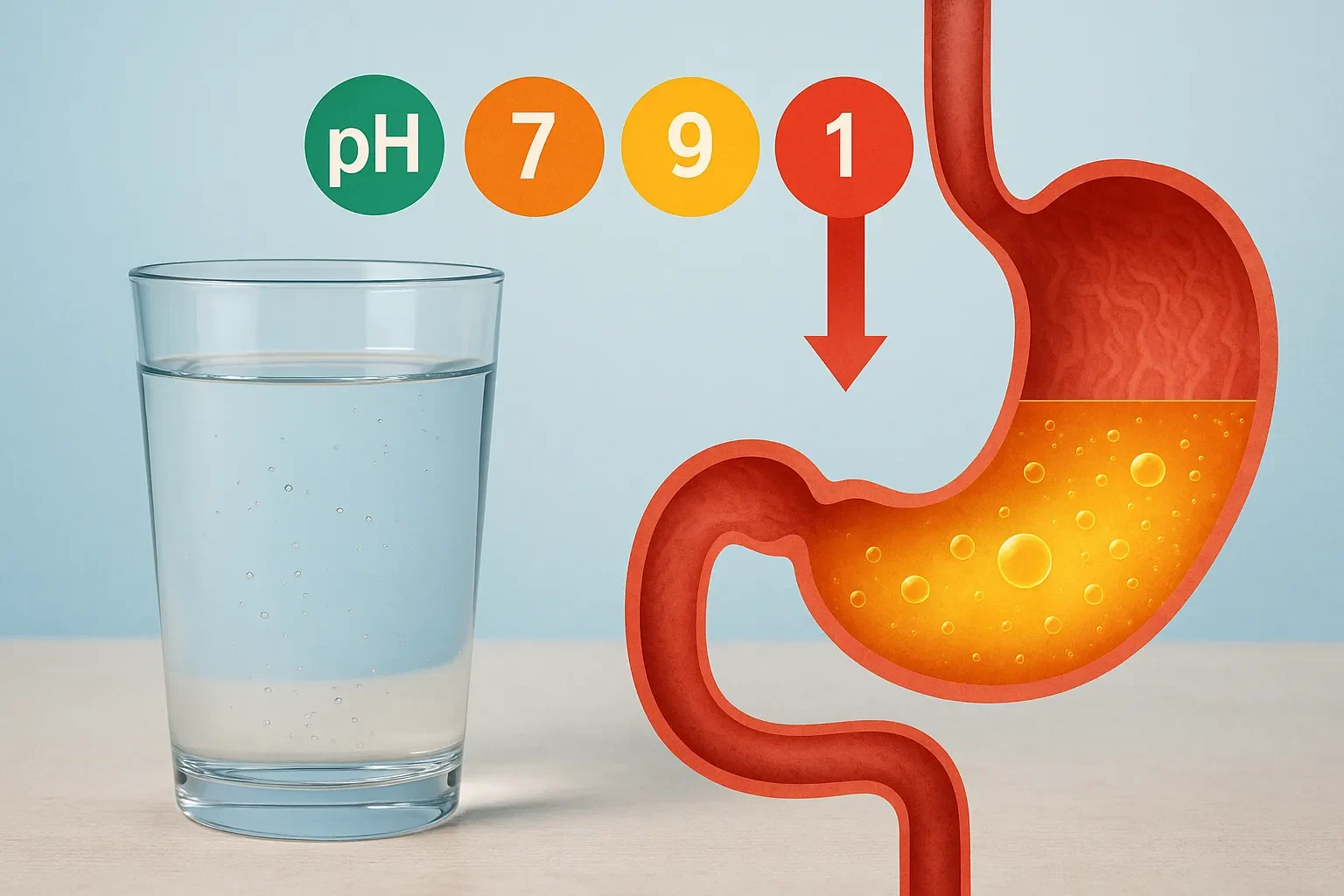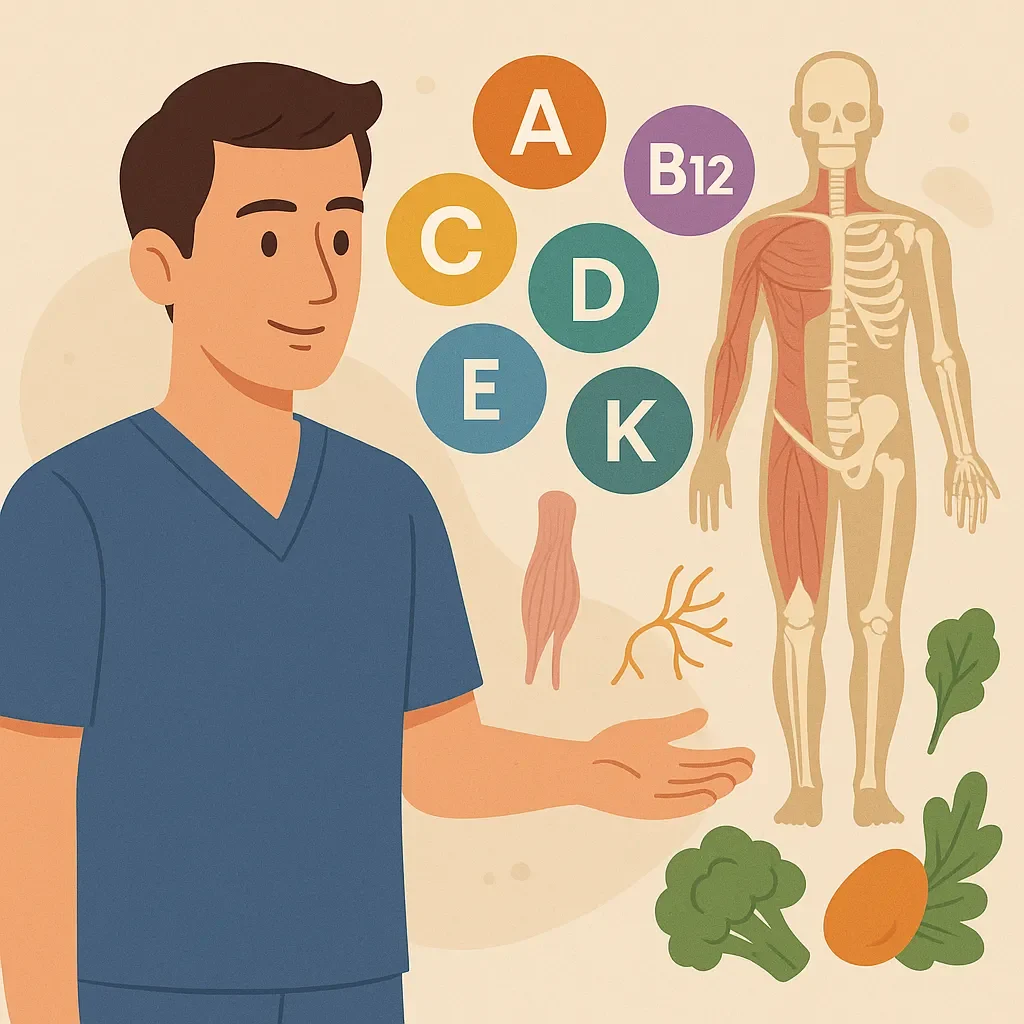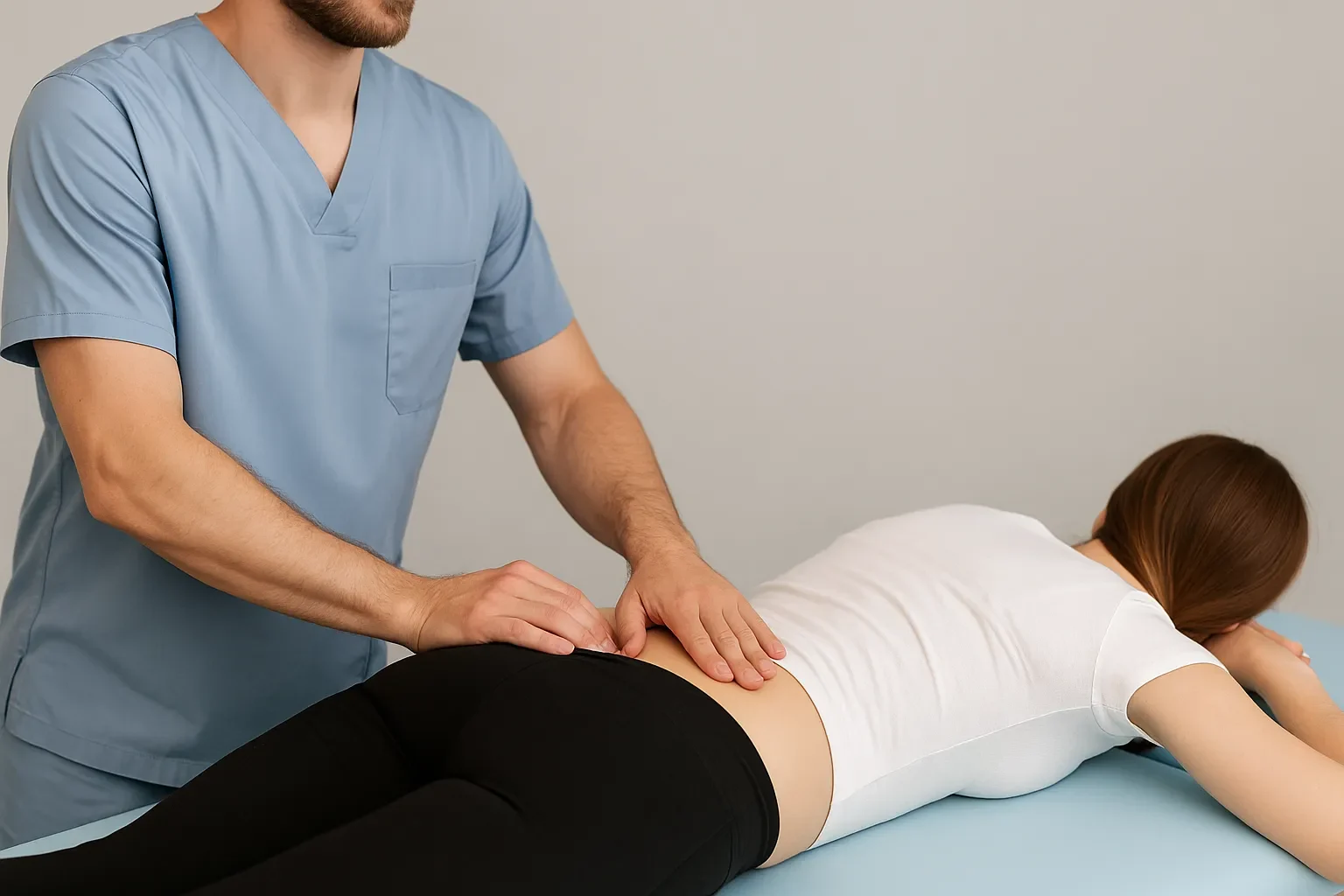Based on research by Yana et al., published in Alternative Therapies in Health and Medicine, April 2024.
Introduction
Chronic non-specific low back pain (CNLBP) is one of the most common musculoskeletal complaints worldwide, affecting up to 80% of the population at some point in life. It not only limits daily function but also impacts workforce productivity and increases healthcare costs. The lumbar spine, being the most load-bearing segment, is highly vulnerable to mechanical stresses, poor motor control, and proprioceptive deficits, all of which can contribute to persistent pain.
Exercise therapy remains the gold standard in CNLBP management, helping improve strength, flexibility, and postural control. However, manual therapy interventions such as instrument-assisted soft tissue mobilization (IASTM) are increasingly being explored as complementary tools. The Graston Technique (GT) is perhaps the most widely recognized IASTM method, designed to address myofascial restrictions, improve tissue mobility, and reduce pain.
The Study
A research team from Karabük University, Turkey, conducted a randomized controlled trial involving 30 adults with CNLBP lasting at least 12 weeks. Participants were randomly assigned to:
- Intervention Group:received GT + a supervised exercise program
- Control Group: received the same supervised exercise program only
The exercise program included stretching (e.g., knee-to-chest, cat-camel, quadratus lumborum stretch), strengthening (curl-ups, back extensions), and postural correction (pelvic tilts, bird-dog) performed three times per week for four weeks.
The GT sessions were delivered by a physiotherapist using stainless steel instruments on the erector spinae, gluteus maximus, gluteus medius, and hamstrings. Treatment was applied at 45° angles both parallel and perpendicular to muscle fibers, approximately 40 seconds per muscle group. Patients were informed about possible post-treatment soreness or petechiae and were advised to use ice if needed.
Key Outcomes
- Pain Relief
- Both groups experienced significant pain reduction, but the GT group saw a 30% greater decrease in Visual Analog Scale (VAS) scores.
- The effect size for pain reduction in the GT group was large, compared to a moderate effect in the exercise-only group.
- Disability
- Using the Oswestry Disability Index (ODI), the GT group improved by 45%, compared to 27% in the control group.
- This change exceeded the minimal clinically important difference for ODI scores, indicating a meaningful improvement in function.
- Proprioception & Flexibility
- Only the GT group showed significant improvements in trunk position sense at both 15° and 30° flexion angles.
- Flexibility gains were also significant within the GT group, though differences between groups were not statistically significant.
- Quality of Life
- GT participants reported greater improvements in physical function, general health, and emotional well-being compared to exercise alone.
- While both groups improved, the GT group showed larger effect sizes in most SF-36 subscales.
Why It May Work
The researchers suggest that GT’s effects stem from:
- Increasing tissue flexibility and breaking down myofascial adhesions
- Stimulating mechanoreceptors, which can reduce neural pain signaling
- Improving biomechanics through increased muscle extensibility
- Enhancing proprioceptive feedback via soft tissue stimulation
By improving these factors, GT may help interrupt the cycle of pain, movement avoidance, and disability common in CNLBP.
Clinical Implications for Manual Osteopaths
For osteopathic practitioners, this research reinforces the value of integrating targeted manual interventions with exercise therapy. While osteopaths traditionally use hands-on soft tissue techniques, the addition of IASTM methods like the Graston Technique may provide another avenue for reducing pain, restoring movement, and improving patient outcomes — particularly in stubborn chronic pain cases.
However, as the authors note, further research is needed to evaluate long-term effects and to clarify whether the benefits extend beyond the first month of treatment.
Your Turn: Let’s Start a Conversation
Are you currently using Graston Technique or other scraping methods (IASTM) in your osteopathic practice?
- If yes: What convinced you to integrate it? What kinds of results have you seen in your patients?
- If no: Is it due to philosophical differences, lack of training, patient preference, or something else?
As manual osteopaths, we’re always balancing tradition with innovation. The question is: Should IASTM have a place in our profession’s toolkit?
Share your thoughts with us, we’d love to hear your input.
Link to research:
http://alternative-therapies.com/pdfarticles/10667.pdf








